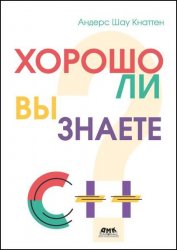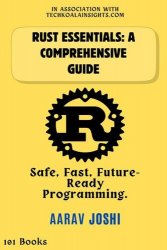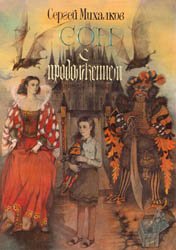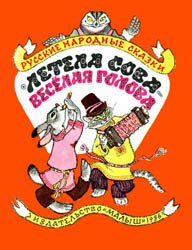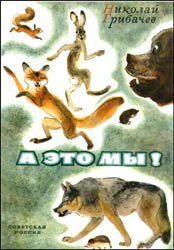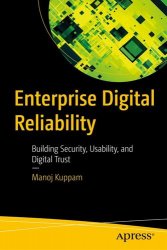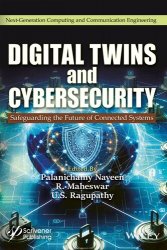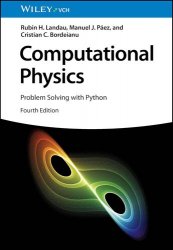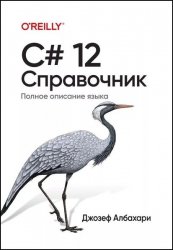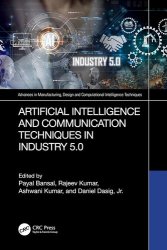 Название: Artificial Intelligence and Communication Techniques in Industry 5.0
Название: Artificial Intelligence and Communication Techniques in Industry 5.0Автор: Payal Bansal, Rajeev Kumar, Ashwani Kumar, Daniel D. Dasig, Jr.
Издательство: CRC Press
Год: 2025
Страниц: 421
Язык: английский
Формат: pdf (true)
Размер: 51.4 MB
The book highlights the role of Artificial Intelligence (AI) in driving innovation, productivity, and efficiency. It further covers applications of Artificial Intelligence for digital marketing in Industry 5.0 and discusses data security and privacy issues in Artificial Intelligence, risk assessments, and identification strategies.
This book:
Discusses the role of Artificial Intelligence applications for digital manufacturing in Industry 5.0.
Presents blockchain methods and data-driven decision-making with autonomous transportation.
Covers reinforcement learning algorithm and highly predicted models for accurate data analysis in industry automation.
Highlights the importance of robust authentication mechanisms and access control policies to protect sensitive information, prevent unauthorized access, and enable secure interactions between humans and machines.
Explains attack pattern detection and prediction which play a crucial role in ensuring the security of business systems and networks.
It is primarily written for senior undergraduates, graduate students, and academic researchers in the fields of electrical engineering, electronics and communication engineering, computer engineering, industrial engineering, manufacturing engineering, and production engineering.
We explore the diverse range of AI algorithms that are pushing the boundaries of innovation and discovery, from traditional algorithms like decision trees and support vector machines to state-of-the-art Deep Learning architectures and Reinforcement Learning strategies. Additionally, we highlight new directions and paradigms that are changing the field of AI research and development, such as neuromorphic computing, quantum computing-based algorithms, explainable AI, and Federated Learning. By dissecting these new paradigms’ complexities, we aim to uncover new opportunities and challenges on the horizon, poised to redefine the boundaries of AI innovation and deployment in the years to come.
The book presents 24 chapters dealing with the applications areas of Artificial Intelligence (AI) and communication techniques in Industry 5.0.
Chapter 1 explores the applications of AI in various aspects of manu facturing, including intelligent automation, predictive maintenance, and quality control. By leveraging AI’s capabilities for data analysis, Machine Learning, and decision-making, manufacturers can achieve significant gains in efficiency, productivity, and product quality. Chapter 2 explores this transformation, detailing the key features of Industry 5.0, human–machine collaboration, sustainability, and advancements like AI. Chapter 3 describes the various emerging applications of AI in the era of Industry 5.0 revolution.
...
Chapter 10 covers significant advances in Machine Learning, Deep Learning, robotics, and natural language processing. The research provides detailed information about AI and machine learning algorithms that will revolutionize Industry 5.0. Chapter 11 solves the problem of intellectual property theft that can be resolved via watermarking. It is a method of concealing data or retrieving information in real pictures, real audio–video, and paper work so that it canot be easily retrieved by an unauthorized individual. DCT, DWT, LSB, and SSM are some of the algorithms used to insert watermarks in digital photographs. Chapter 12 explores that energy management systems are improved when Smart Grid technology and Industry 5.0 principles are combined, making them more sustainable and effective. Chapter 13 aims to implement a framework that focuses on AI and the communication technologies to create collaboration between human workers and intelligent systems in Industry 5.0 dynamically, for a user-friendly integration within the industrial work environment. Chapter 14 also explores new AI paradigms that have the potential to expand the field of AI research and deployment in the future including explainable AI, federated learning, and algorithms based on quantum computing. In addition, the chapter looks at the moral and societal ramifications of AI algorithms becoming more widely used. Chapter 15–24 are application-based chapters. Chapter 15 has a comprehensive objective of acting as a valuable resource for academia, industrial professionals, and decision-makers in diverse real-world scenarios and application domains, with a specific emphasis on the technical perspective. It centers on the utilization of AI algorithms in various domains such as Internet of Things (IoT) data, cyber-security data, mobile data, business data, health data, and social media data. These applications are derived from extensive research in addition to the implementation of Machine Learning, Deep Learning, and transformer models.
Скачать Artificial Intelligence and Communication Techniques in Industry 5.0
[related-news] [/related-news]
Комментарии 0
Комментариев пока нет. Стань первым!
